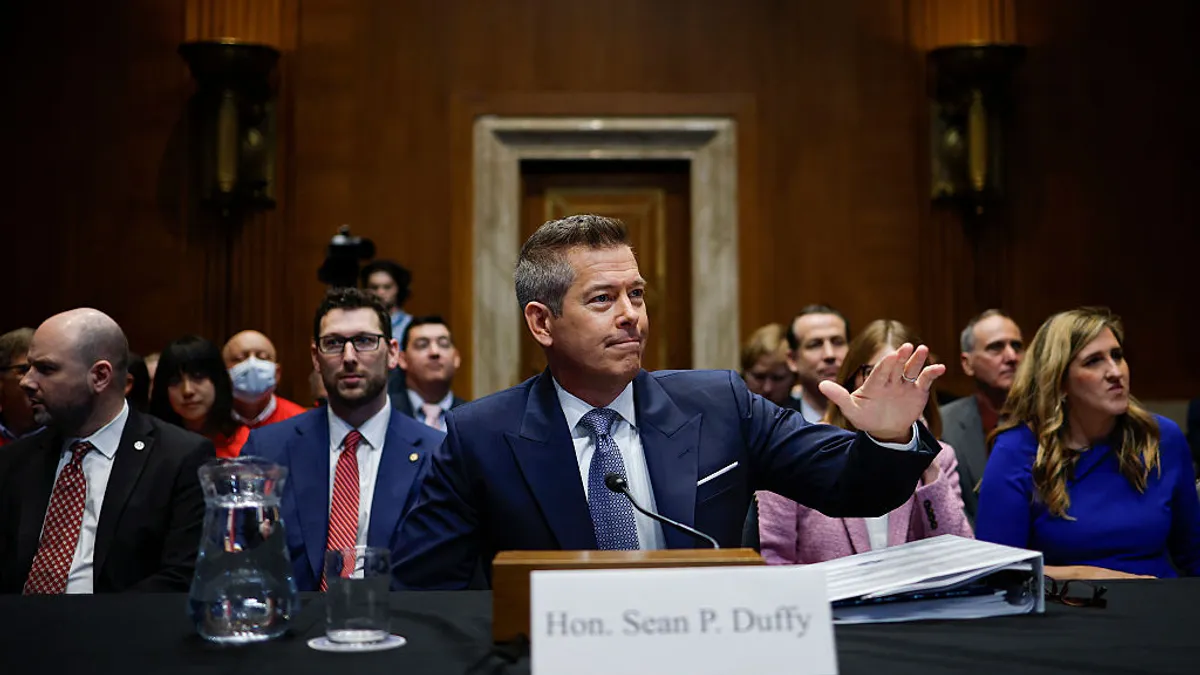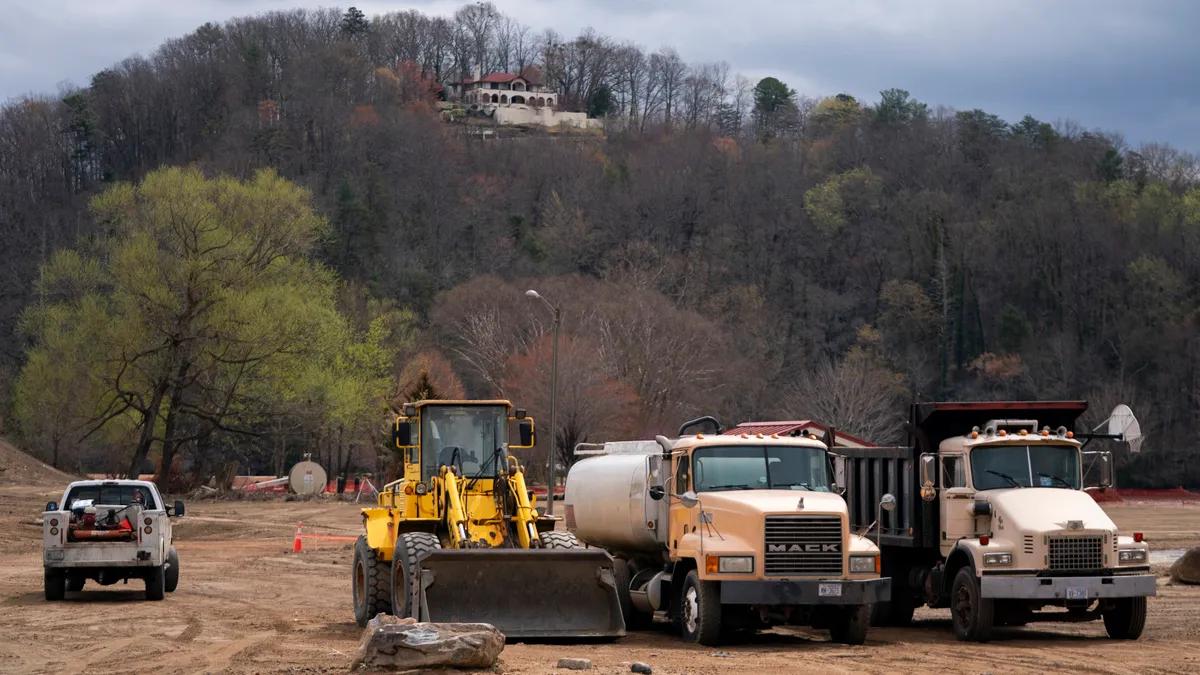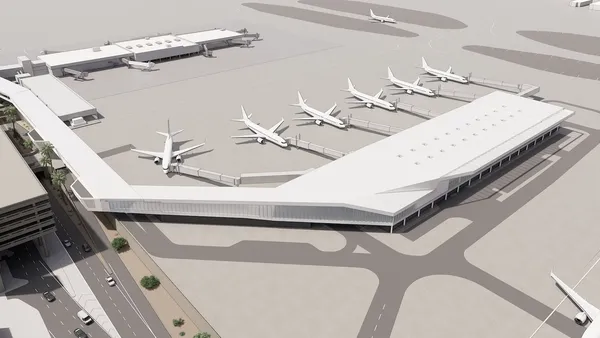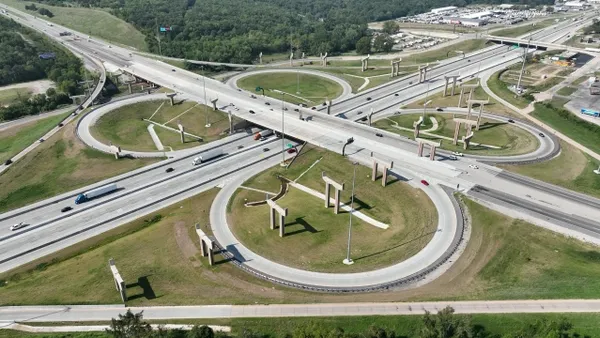Lawmakers pushed Transportation Secretary Sean Duffy to speed up federally funded infrastructure projects in a recent Senate Environment and Public Works Committee meeting, as they begin developing the next multiyear Surface Transportation Reauthorization Bill.
The 2021 Infrastructure Investment and Jobs Act added about $550 billion over baseline funding levels and included a five-year reauthorization of federal highway, transit and other infrastructure programs that is set to expire at the end of September 2026. That funding infusion helped improve the condition of U.S. infrastructure, but ongoing support is needed to maintain progress and meet new challenges, according to the American Society of Civil Engineers.
No one put forward a dollar amount for the next Surface Transportation Reauthorization Bill in the April 2 hearing, although those who testified seemed to agree on the importance of infrastructure.
“Infrastructure is not partisan,” Duffy said. “We all use roads and bridges in blue and red states, and I’m committed to making sure we have a nonpartisan view as we move money.”
Concerns over grant review
Several senators asked Duffy about the status of infrastructure projects in their home states and why some already-approved projects are frozen while agencies review them for mentions of climate change, environmental justice or equity. President Donald Trump’s Jan. 20 “Unleashing American Energy” order halted disbursement of IIJA and Inflation Reduction Act funds while federal agencies examine projects for compliance with his policy agenda.
Since assuming office, Duffy has authorized a series of actions to advance Trump’s directive to “rescind woke policies” and slash regulations. Last month, the U.S. DOT rolled back a Biden-era policy that included environmental and social considerations for projects it funds. Duffy testified that he is complying with the will of Congress in pulling them from federal grants.
“If you’re putting on additional requirements with regard to green or social justice, well that drives up the cost of a project. That takes a project a longer timeframe in which to complete,” Duffy said.
Sen. Dan Sullivan, R-Alaska, said in the hearing that some projects that were held up in his state due to the review are now proceeding. However, Democratic Sen. Alex Padilla of California said some of his state’s projects are still frozen, and Sen. Mark Kelly, D-Ariz., said the review has caused “significant disruption” to some of the state’s infrastructure efforts, such as the 22nd Street Bridge replacement in Tucson.
The transportation secretary said money that has been obligated is continuing to go out, but repeatedly emphasized that the DOT has a historic number of signed projects — currently about 3,200 — that are awaiting grant agreements.
“Grant agreements are the work. I will get through that, but it will take me some time,” Duffy said. “We’re expeditiously moving through those grants and making sure we have funding for that which has been awarded.”
Duffy did not say whether grant awards that are not yet finalized could be rescinded, but promised to enact the will of Congress when it comes to funding infrastructure: “I’m not going to hold up any projects.”
Permitting changes ahead?
Several Republican members focused on issues with the project permitting process and claimed that environmental rules such as the National Environmental Policy Act can cause delays. Duffy agreed, saying these regulations have become a “weight around our neck as we try to build infrastructure.”
“We are going to work on NEPA reform in this administration,” Duffy said. “I think there is bipartisan support to do reform in this space so we can move projects faster and more cheaply.”
When Sullivan asked Duffy if he would support legislation that would exempt bridges being rebuilt in the same spot from NEPA review, Duffy responded, “100%.”
Duffy also expressed support for shifting regulatory power for projects from the federal government to states in order to speed up the building process.
“What is important for the [Transportation] Department is to streamline the process for the states, to take off as much weight as possible so they can build faster and spend more time turning dirt and less time doing paperwork,” Duffy said. “We’ve been trying to move more authority to states, because they move projects faster than have happened when going through the federal government.”















